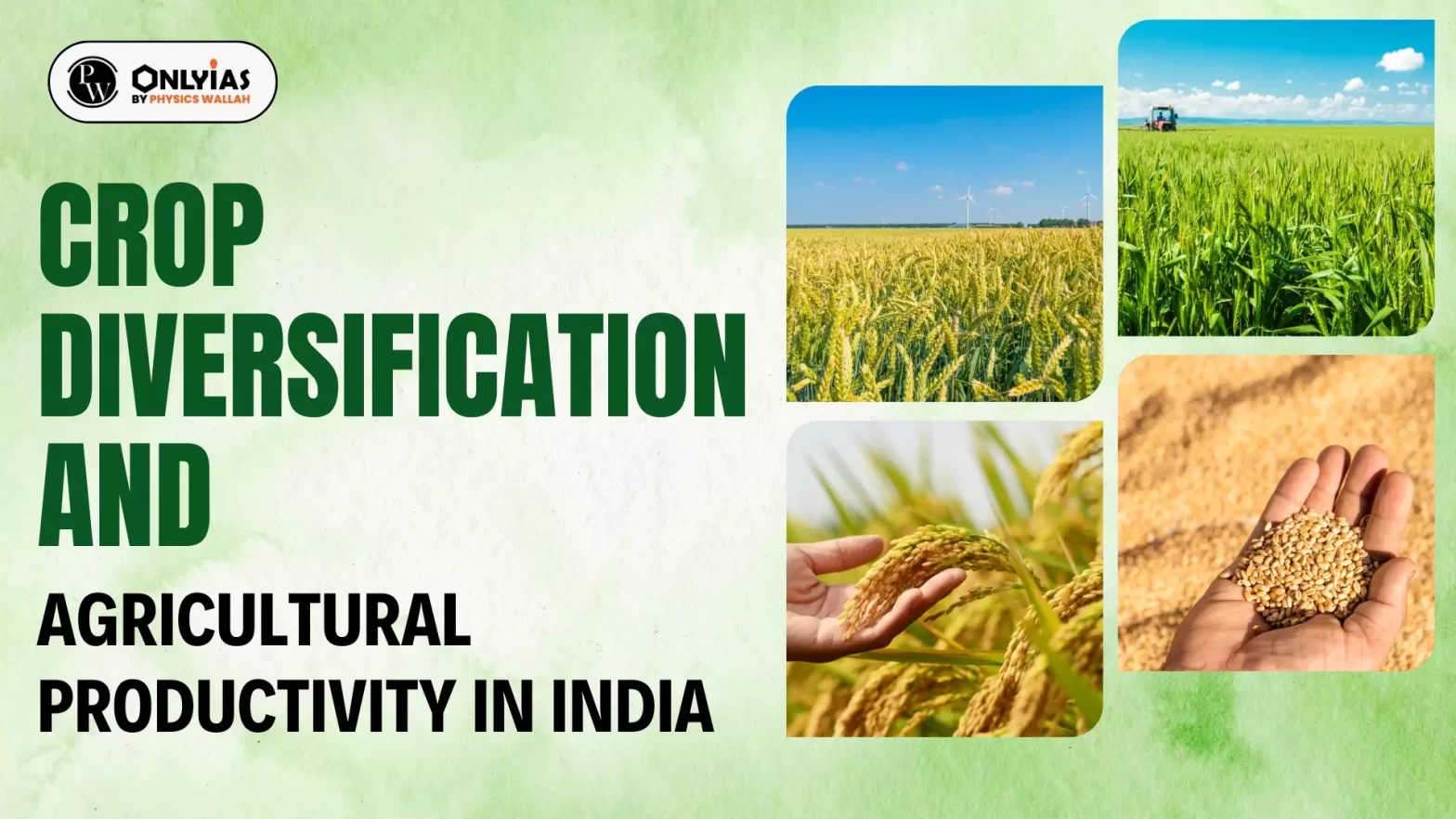![]() 23 Mar 2024
23 Mar 2024

Despite having high productivity in rice and wheat, Punjab ranks low in agricultural value creation among Indian states.
| Relevancy for Prelims: Agricultural Productivity, Net Sown Area (NSA), Minimum Support Prices (MSP), Farmers Protest 2.0, Food Security, and Evergreen Revolution.
Relevancy for Mains: Major crops-cropping patterns in various parts of the country, Need for Crop Diversification |
|---|
The path towards revitalizing Indian agriculture and boosting farmers’ incomes requires moving beyond traditional staples. Punjab and Haryana need to embrace a demand-driven high-value agricultural system and need to shed the mindset of an MSP-based cropping system.
| Mains Question: What are the present challenges before crop diversification? How do emerging technologies provide an opportunity for crop diversification? (250 words, 15 marks) |
|---|
| Must Read | |
| NCERT Notes For UPSC | UPSC Daily Current Affairs |
| UPSC Blogs | UPSC Daily Editorials |
| Daily Current Affairs Quiz | Daily Main Answer Writing |
| UPSC Mains Previous Year Papers | UPSC Test Series 2024 |

<div class="new-fform">
</div>